Gallery: Rare and Beautiful Amur Leopards
Amur Leopard on Camera
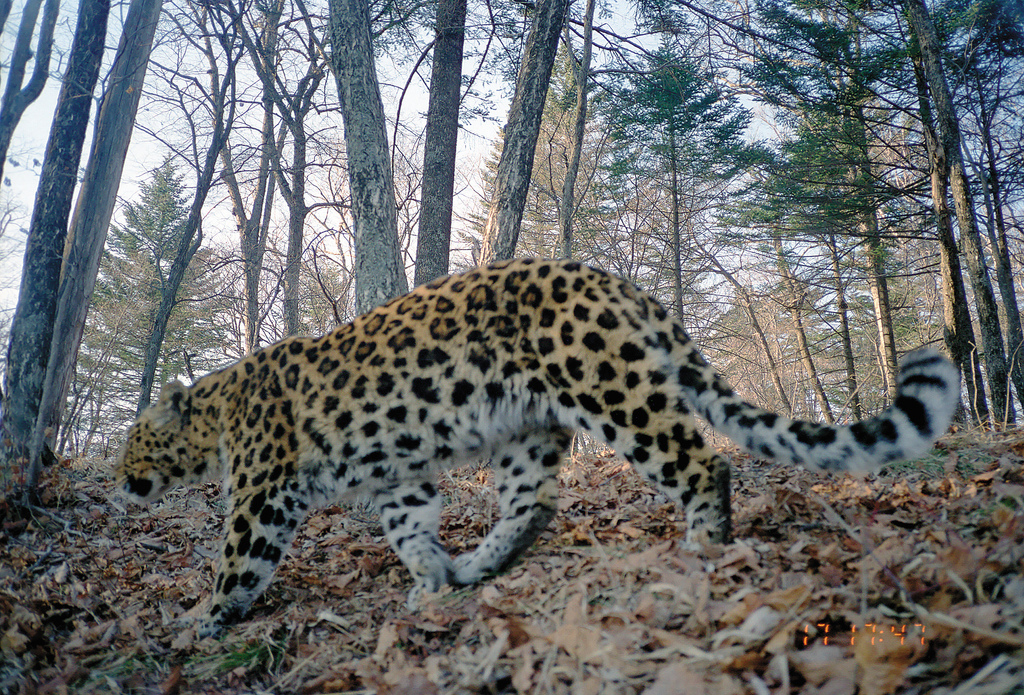
Nezhinskii, a male Amur leopard (Panthera pardus orientalis). This photograph was taken with a movement-triggered camera trap in Russia.
Land of the Leopard
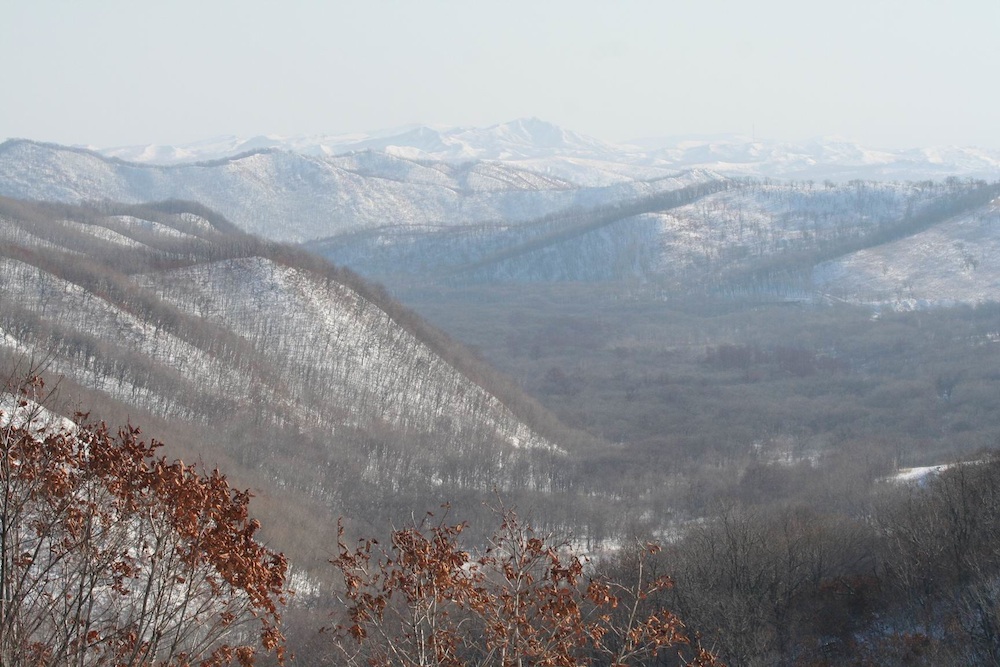
A new national park, Land of the Leopard, in eastern Russia is designed to protect the remaining breeding grounds of these critically endangered leopards.
Narva the Amur Leopard
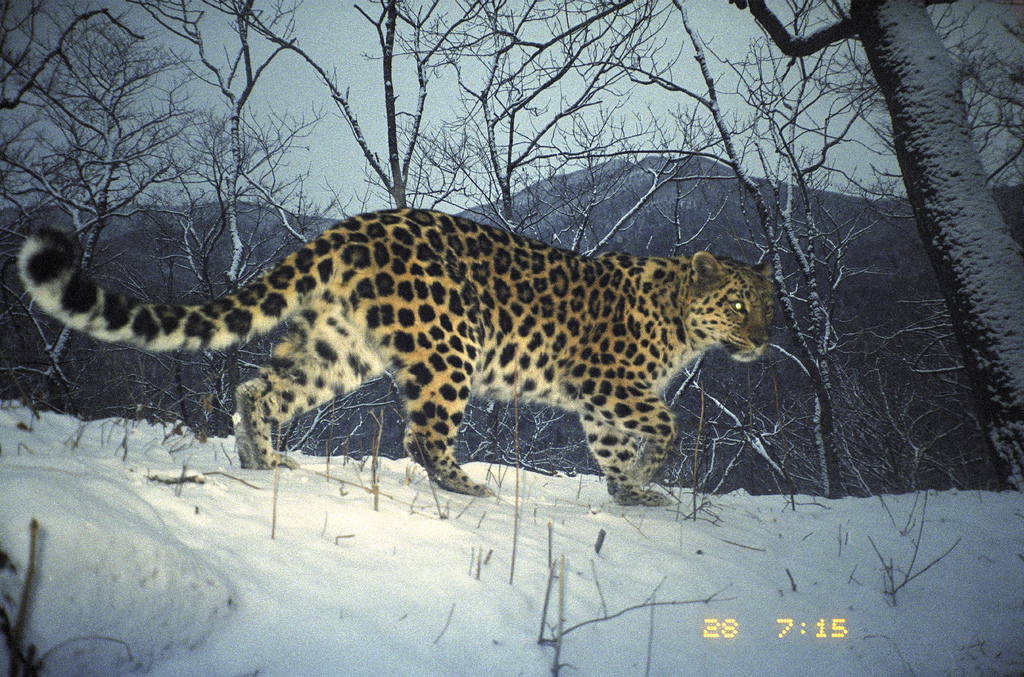
Narva is female Amur leopard (Panthera pardus orientalis). She had recently had kittens as indicated by the small tracks in the snow in her range.
Summer Land of the Leopard
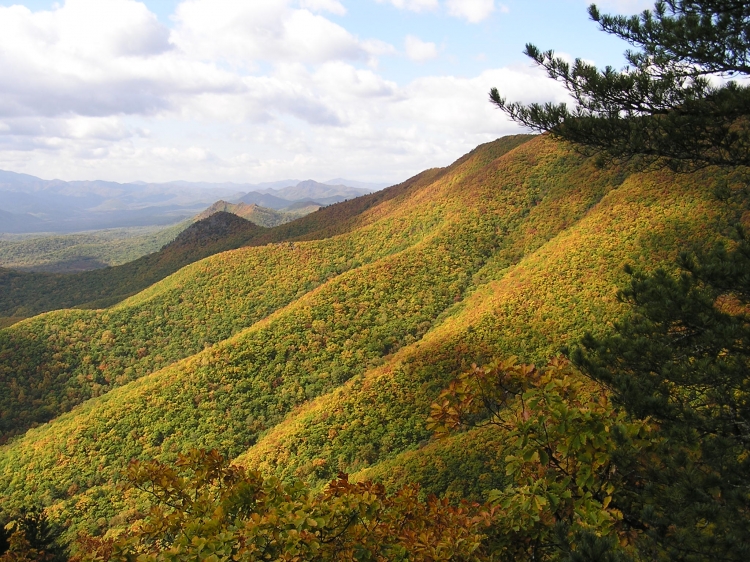
A view of some of Land of the Leopard National Park in summer. The park covers about 60 percent of the Amur leopards' remaining habitat.
Amur Leopard
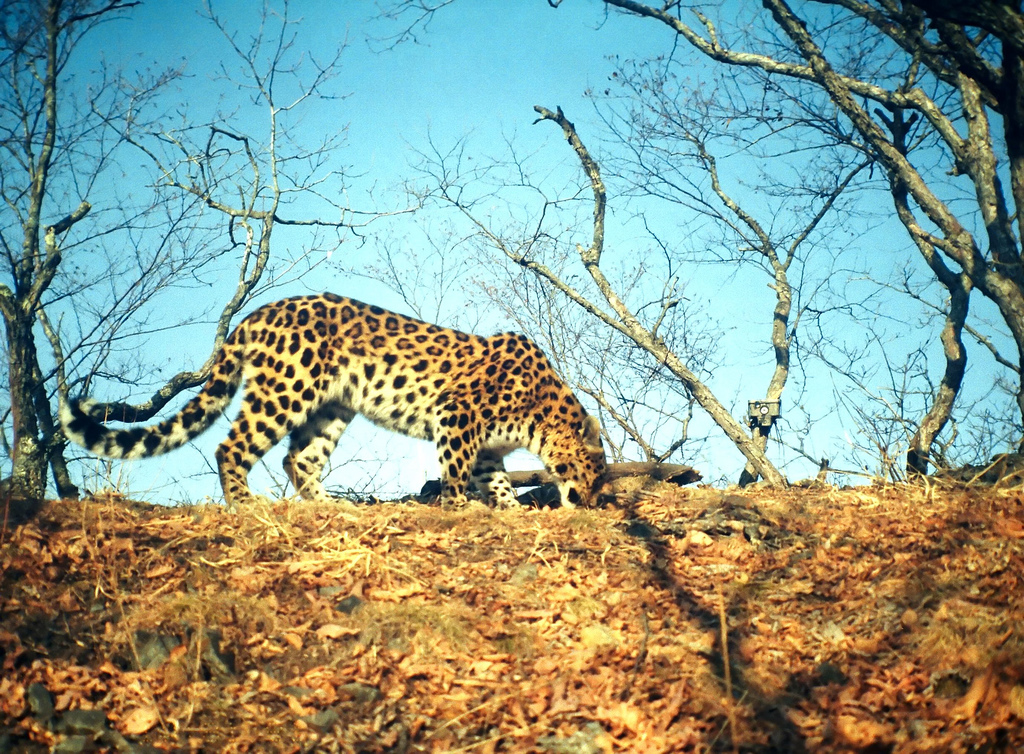
Eight Amur leopards have been caught on camera in southeastern Russia. Fewer than 40 of the big cats survive in the wild.
Elusive Leopard
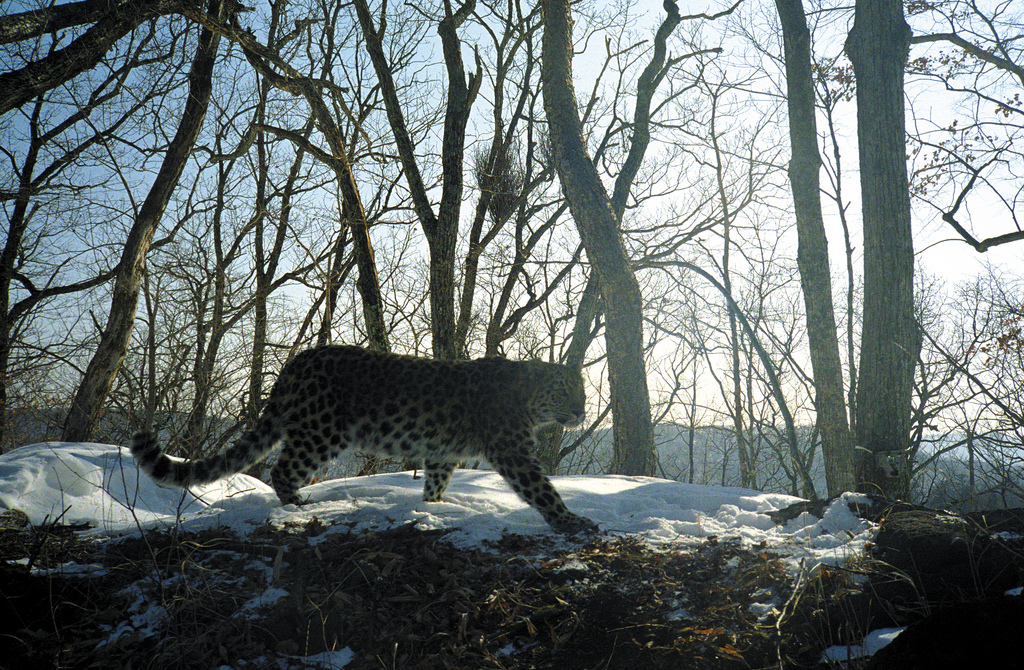
Sanduga is female amur leopard (Panthera pardus orientalis) that first appeared in the region in 2004. Unfortunately she hasn't been photographed again since 2005.
Dominant Leopard
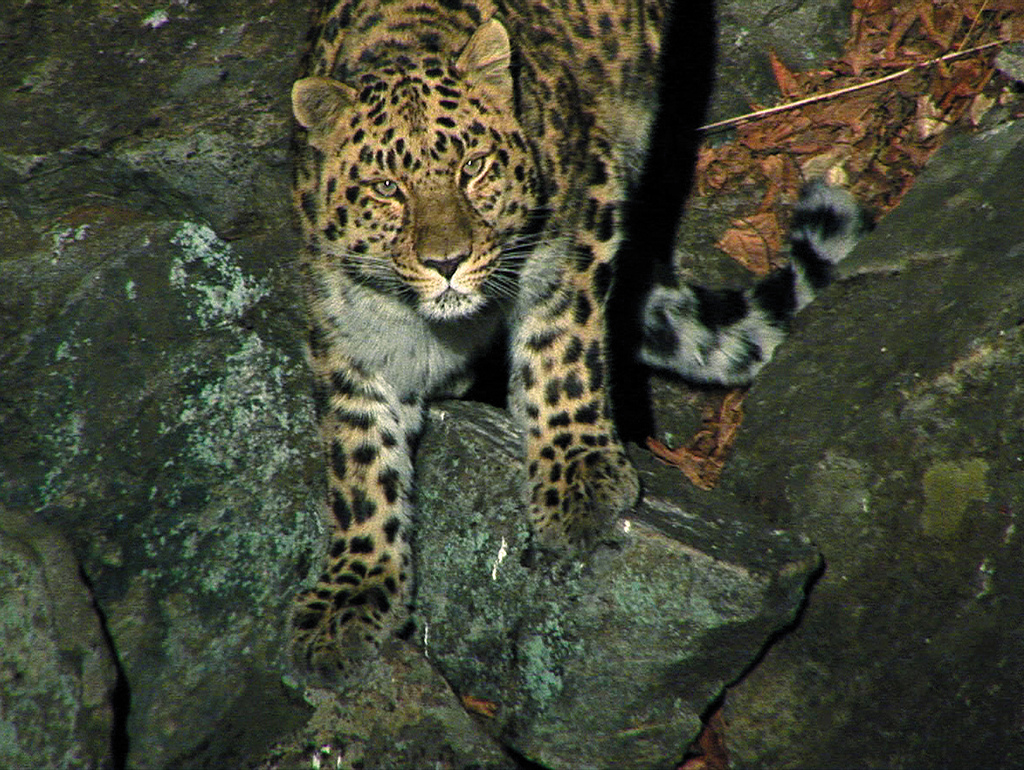
Barabashevskii is the dominant male amur leopard (Panthera pardus orientalis) in all of Kedrovaya Pad nature reserve in south-eastern Russia, though his home range spreads beyond this protected territory.
Sign up for the Live Science daily newsletter now
Get the world’s most fascinating discoveries delivered straight to your inbox.
Young Amur Leopard
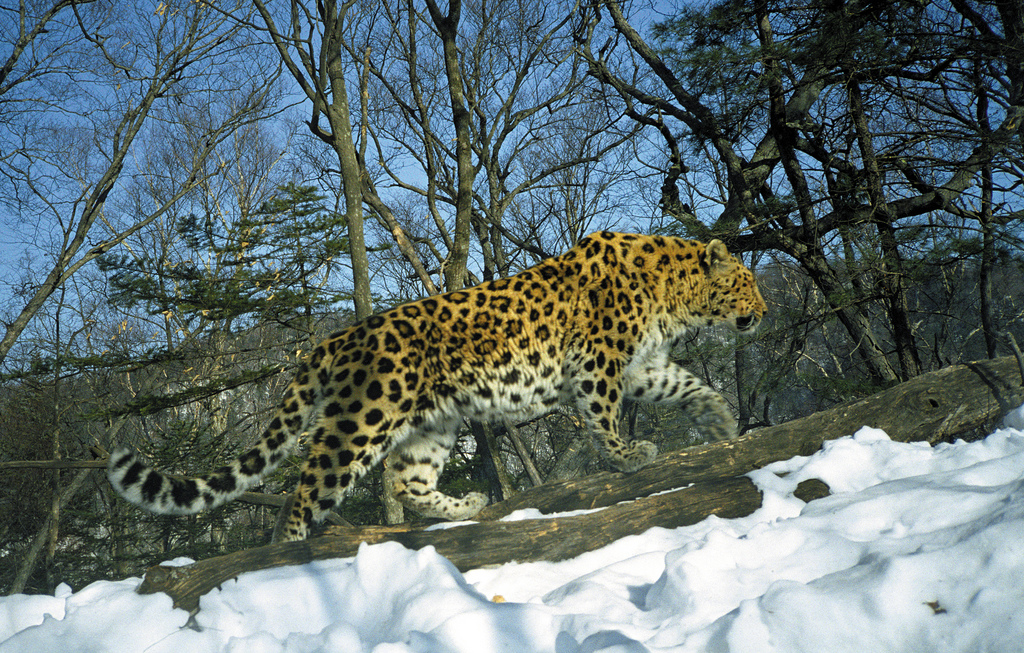
Borisovskii is a young male Amur leopard.
Old Leopard
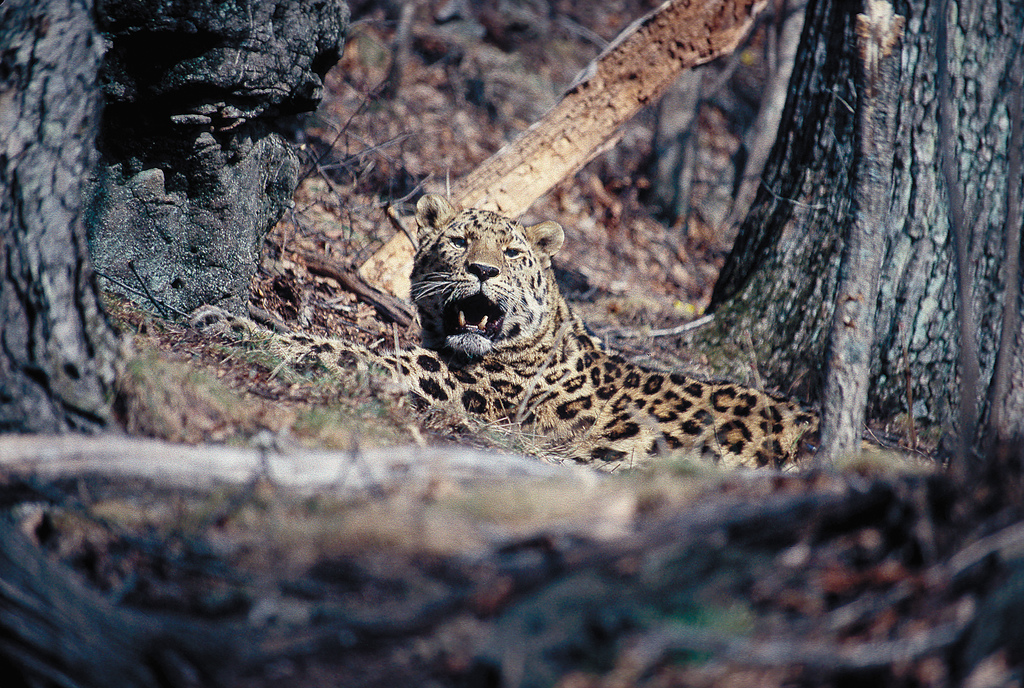
Leopold is an old male Amur leopard last photographed in 2004.
Leopard at Risk
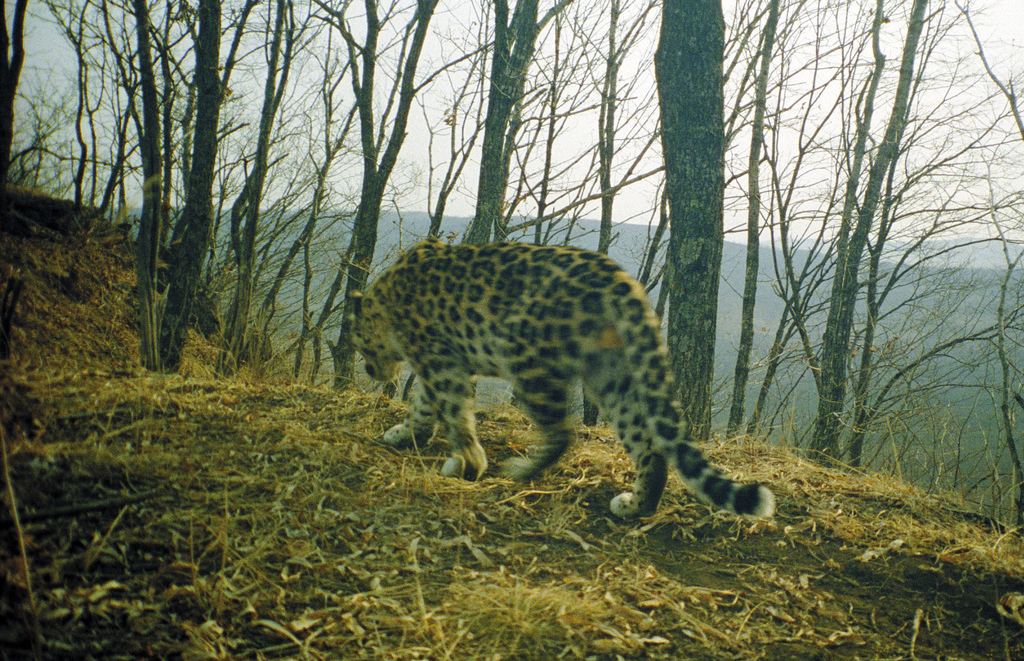
Filipovskii, a male Amur leopard, is at risk because he lives near a known poaching village.

Stephanie Pappas is a contributing writer for Live Science, covering topics ranging from geoscience to archaeology to the human brain and behavior. She was previously a senior writer for Live Science but is now a freelancer based in Denver, Colorado, and regularly contributes to Scientific American and The Monitor, the monthly magazine of the American Psychological Association. Stephanie received a bachelor's degree in psychology from the University of South Carolina and a graduate certificate in science communication from the University of California, Santa Cruz.










